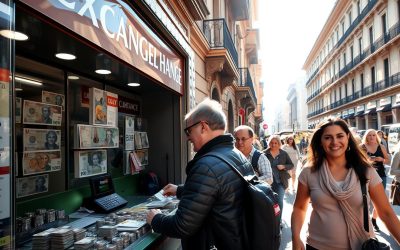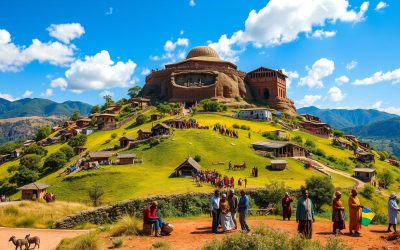✓ Accommodations ✓ Flights ✓ Rental Cars
As you step into Addis Ababa, Ethiopia’s vibrant capital city, you’re met with a fascinating blend of history, culture, and modern African urban life. This sprawling metropolis, Africa’s 4th largest city, may initially seem intimidating, but it slowly reveals its charms.
You’ll discover a city that’s not only incredibly safe compared to many other African capitals but also rich in experiences. Founded in 1886 by Emperor Menelik II, the city’s name, meaning “New Flower” in Amharic, reflects its status as a relatively young yet rapidly developing metropolis.
As the diplomatic capital of Africa and home to the African Union headquarters, Addis Ababa serves as a gateway to exploring Ethiopia’s rich heritage. With its pleasant climate year-round, thanks to its elevation of 7,726 feet, you’ll find plenty of opportunities to enjoy the city’s historical museums, religious sites, vibrant markets, and cultural experiences.
Discovering Ethiopia’s Vibrant Capital
As you step into Addis Ababa, the vibrant capital of Ethiopia, you’ll be greeted by a city that’s steeped in history and bursting with energy. This city, founded in 1886 by Emperor Menelik II, has grown into a thriving metropolis that reflects its layered history.
A Brief History of Addis Ababa
Addis Ababa was established in 1886, making it a relatively young capital by global standards. The city has experienced significant development over the years, particularly during Emperor Haile Selassie’s reign in the early 20th century. Today, the city is a mix of traditional Ethiopian structures and Italian architectural influences from the brief occupation period.
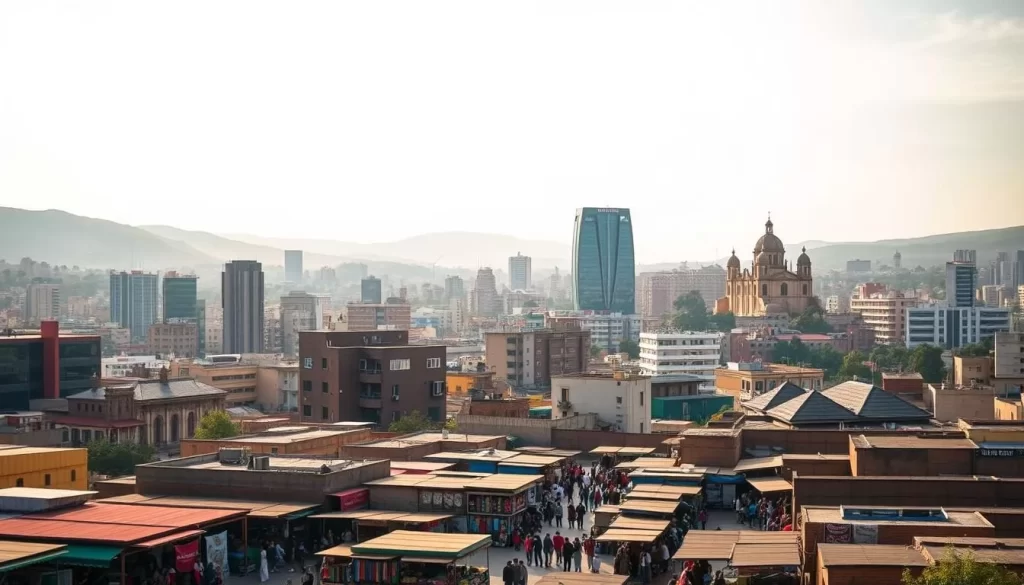
When to Visit and How to Get Around
The best time to visit Addis Ababa is during the dry season, from October to May. You can enjoy the city’s attractions in a couple of days. Getting around the city is convenient via taxis or the Ride app. The light rail system, opened in 2015, provides an affordable way to travel between key areas. As the capital sits at a high elevation, it’s essential to take time to acclimate.
Explore Addis Ababa’s Fascinating Museums
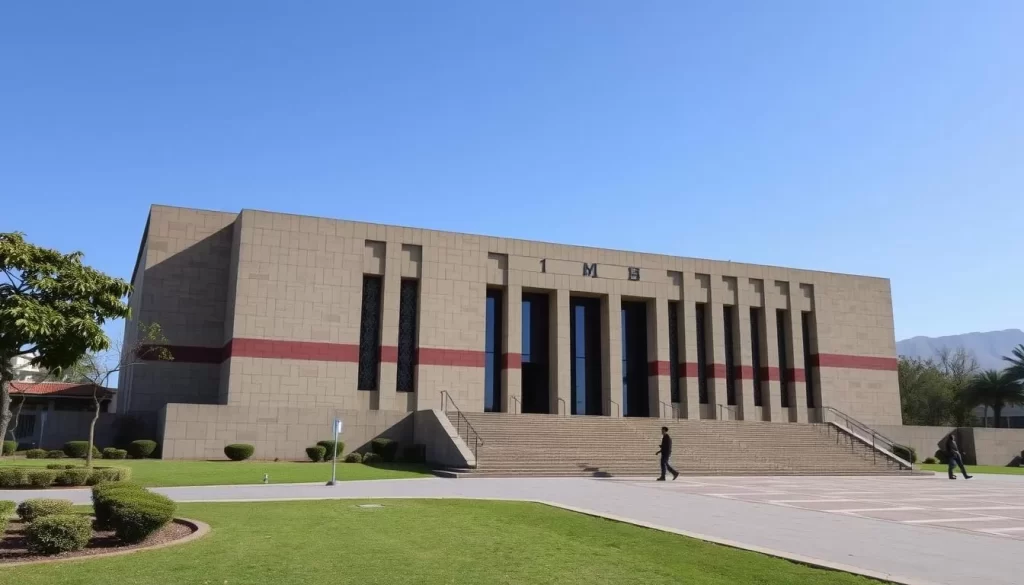
From ancient fossils to traditional artifacts, Addis Ababa’s museums have something for every curious traveler. The city’s museums are a treasure trove of Ethiopian history and culture, offering a glimpse into the country’s rich heritage.
National Museum of Ethiopia – Home to Lucy
The National Museum of Ethiopia is a must-visit place in Addis Ababa, housing the world-famous fossilized remains of “Lucy,” a 3.2 million-year-old hominid skeleton. Discovered in the Afar region in 1974, Lucy is considered one of the most significant discoveries in the field of paleontology, providing insights into human evolution over millions of years.
A replica of Lucy’s skeleton is displayed on the lower level of the museum, alongside other significant paleontological findings that highlight Ethiopia’s importance in human origins research. The museum is home to four main sections: paleontology, archaeology, historical artifacts, and art, making it a comprehensive destination for understanding Ethiopia’s natural and cultural heritage.
Ethnographic Museum
Located within the beautiful grounds of Addis Ababa University’s main campus, the Ethnographic Museum is one of the things to do in Addis Ababa for those interested in cultural heritage. The museum is housed in Emperor Haile Selassie’s former palace and offers fascinating insights into Ethiopia’s diverse ethnic groups and their traditional lifestyles.
The museum’s exhibits include traditional clothing, farming implements, and household items from various Ethiopian cultures, arranged thematically. The second floor preserves Haile Selassie’s private apartments, including his bedroom and bathroom, giving visitors a glimpse into the emperor’s personal life in this significant world historical figure’s residence.
Visit Historic Churches and Religious Sites

As you explore Addis Ababa, you’ll discover a rich tapestry of history and faith at its historic churches and religious sites. The city’s religious landscape is dominated by Ethiopian Orthodox Christianity, with numerous churches that are not only significant places of worship but also important cultural landmarks.
St. George’s Cathedral
St. George’s Cathedral, also known as Giorgis Cathedral, is one of the city’s most historic churches, notable for its distinctive octagonal design. It was here that Emperor Haile Selassie was crowned in 1930, marking a significant moment in Ethiopian history. Visitors can explore the cathedral and its adjacent museum, which houses a collection of religious artifacts and historical items.
Holy Trinity Cathedral and Haile Selassie’s Tomb
The Holy Trinity Cathedral, or Kidist Selassie, stands as Ethiopia’s most important Orthodox church. It is the final resting place of Emperor Haile Selassie and his wife, Empress Menen Asfaw. The cathedral is renowned for its stunning stained glass windows and elaborate interior decorations. The surrounding cemetery is also noteworthy, being the burial site of notable figures such as Sylvia Pankhurst, a British suffragette.
Entoto Mountain Churches
Located on the northern outskirts of Addis Ababa, Entoto Mountain is home to several important churches, including the Entoto Maryam Church, built by Emperor Menelik II in the late 19th century. These churches remain active places of worship, offering insight into the deep connection between Ethiopian identity and Orthodox Christianity.
When visiting these churches, it’s essential to dress modestly and be respectful of religious practices, especially during services. Your trip to these historic sites will be a meaningful addition to your experience in Addis Ababa, providing a deeper understanding of the city’s cultural and spiritual heritage.
Experience Local Markets and Shopping
Immerse yourself in the vibrant atmosphere of Addis Ababa’s markets, where the sights, sounds, and smells will leave you with unforgettable memories. As you explore these bustling hubs, you’ll discover a wide range of goods and services that showcase the city’s rich cultural heritage.
Merkato – Africa’s Largest Market
Merkato, often claimed to be Africa’s largest open-air market, offers an immersive shopping experience spanning several square kilometers in Addis Ababa. The market is organized into specialized sections, with different areas dedicated to specific goods like spices, textiles, and traditional crafts. While Merkato provides an authentic glimpse into everyday Ethiopian commerce, visitors should exercise caution with valuables and consider hiring a local guide to navigate its labyrinthine pathways.
Shiro Meda Market for Traditional Crafts
For a more relaxed shopping experience, Shiro Meda Market specializes in traditional Ethiopian textiles, particularly the fine cotton garments with colorful embroidery known as habesha kemis. You can find authentic Ethiopian souvenirs, including scarves, shawls, and handwoven baskets, at better prices than tourist shops. The best day to visit these markets is Saturday morning, when they’re fully operational but not overwhelmingly crowded.
When shopping at both Merkato and Shiro Meda, bargaining is expected, but should be done respectfully. Start at about 50-70% of the initial asking price and negotiate from there with a friendly attitude. If you’re short on time in Addis Ababa, consider combining a market visit with nearby attractions, such as St. George’s Cathedral near Merkato or Entoto Mountain near Shiro Meda.
Addis Ababa, Ethiopia: Best Things to Do for Cultural Immersion
The cultural landscape of Addis Ababa is a treasure trove waiting to be explored. As you wander through this vibrant city, you’ll discover numerous opportunities to immerse yourself in Ethiopian culture.
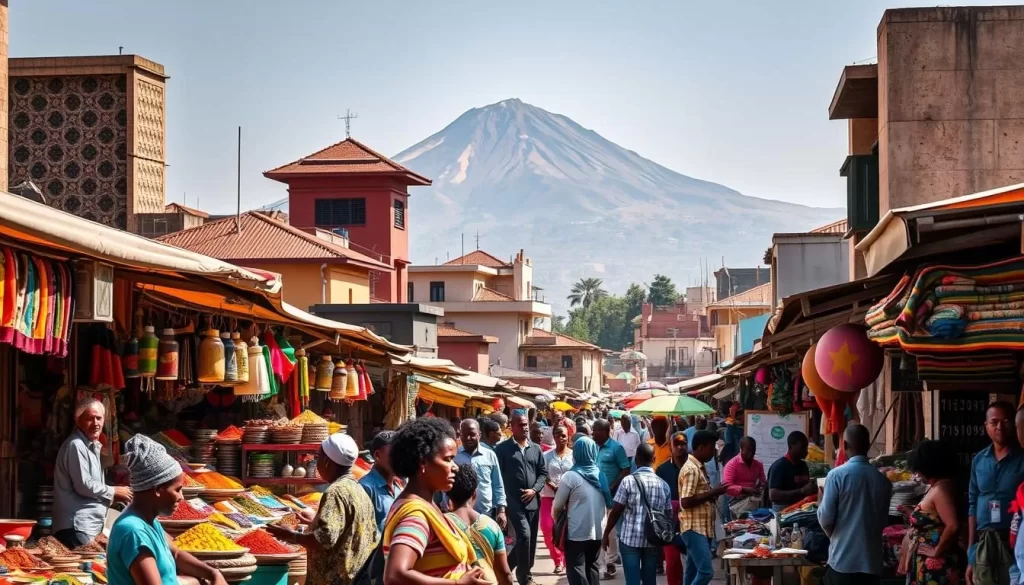
Fendika Cultural Center
Fendika Cultural Center, founded by the renowned dancer and cultural preservationist Melaku Belay, is a must-visit place for anyone looking to experience authentic Ethiopian culture. This center offers traditional music and dance performances most evenings, with Friday nights being particularly special. As a hub for cultural expression, Fendika serves as both a performance venue and an art gallery, showcasing Ethiopia’s diverse cultural heritage. You’ll have the chance to witness captivating performances that highlight the country’s rich cultural life.
Traditional Ethiopian Dining at Habesha2000
For a truly immersive cultural experience, head to Habesha2000, where you can enjoy traditional Ethiopian dining accompanied by lively music and dance performances every night at 8 PM. This restaurant offers a complete cultural experience, allowing you to sample authentic Ethiopian cuisine served on injera (sourdough flatbread) while watching energetic performances featuring eskista (traditional shoulder-dancing). You’ll feel like you’re part of the vibrant people and culture of Addis Ababa, making for a memorable day or evening. Habesha2000 is one of the best things to do in Addis Ababa for a genuine cultural experience.
Historical Landmarks and Monuments
You’ll find that Addis Ababa’s historical landmarks are not just structures, but storytellers of the city’s vibrant history. As you explore the city, you’ll come across significant places that have played a crucial part in shaping Ethiopia’s past and present.
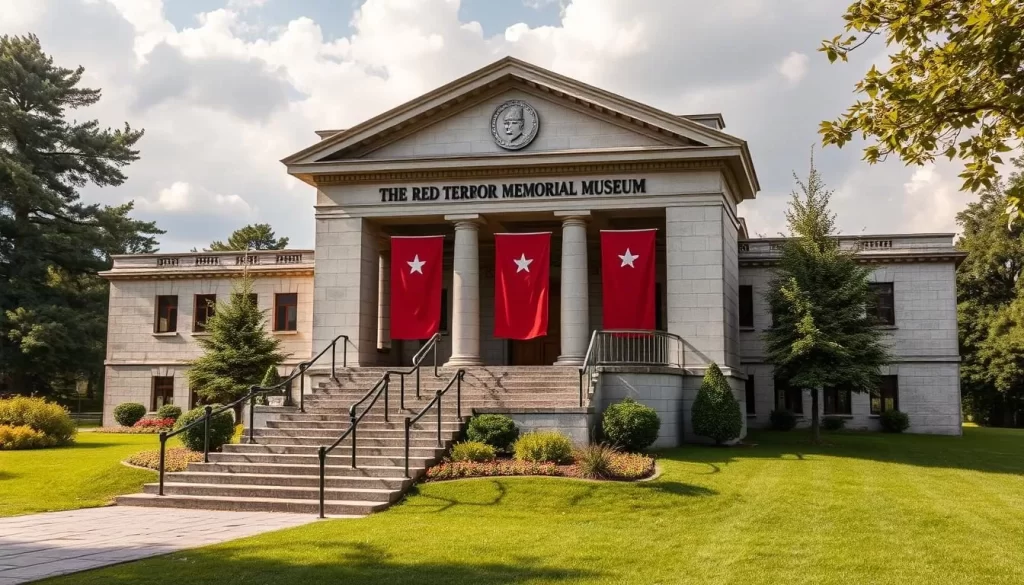
Red Terror Martyrs’ Memorial Museum
The Red Terror Martyrs’ Memorial Museum is a poignant reminder of Ethiopia’s turbulent past, specifically the “Red Terror” campaign during the Derg regime. This museum, opened in 2010, operates on a donation basis and provides a haunting yet important educational experience.
It documents one of Ethiopia’s darkest periods, displaying photographs, personal artifacts, and survivor testimonies. Visiting this museum is a sobering experience that sheds light on the country’s recent history and its impact on the city and its people.
Meskel Square
Meskel Square is Addis Ababa’s main public gathering space, hosting various events from political rallies to religious celebrations. The square is particularly famous for the annual Meskel Festival, a UNESCO-recognized celebration marking the finding of the True Cross.
At other times, you can see locals exercising on the amphitheater-like steps, making it a vibrant part of the city’s daily life. The square is a significant historical landmark that showcases the city’s cultural heritage and its importance in Ethiopian history.
Best Day Trips from Addis Ababa
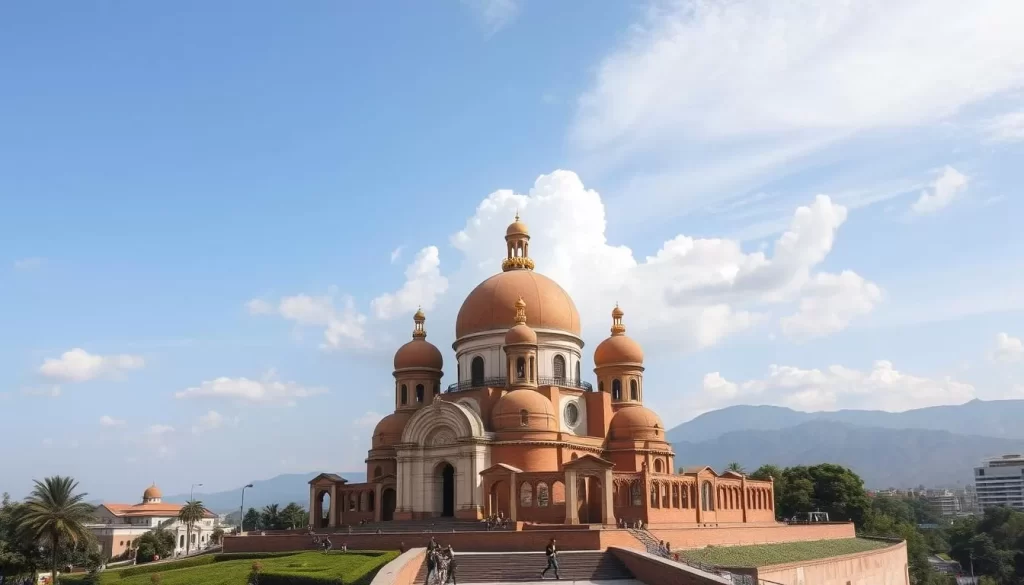
Addis Ababa serves as a perfect base for exploring the surrounding regions, offering a mix of historical, cultural, and natural attractions. You can take day trips to various sites that showcase the diversity of Ethiopia.
Debre Libanos Monastery
Located about 100 km north of Addis Ababa, Debre Libanos Monastery is one of Ethiopia’s most important religious sites, founded in the 13th century by Saint Tekle Haymanot. This monastery offers a perfect blend of religious history, stunning landscapes, and opportunities to spot endemic Gelada baboons. You can also visit the nearby 16th-century Portuguese Bridge and enjoy the spectacular views of the Jemma River Gorge.
Portuguese Bridge and Jemma River Gorge
Near Debre Libanos, the Portuguese Bridge and Jemma River Gorge are must-visit attractions. The bridge, likely built by Ethiopians with Portuguese influence, offers breathtaking views of the gorge, where you can spot Gelada baboons. This site is a great example of the historical and natural beauty found around Addis Ababa.
Adadi Mariam Rock Church and Tiya Stelae
For a different kind of day trip, visit the Adadi Mariam Rock Church, carved from a single piece of rock in the 13th century, and the Tiya Stelae, a UNESCO World Heritage Site featuring mysterious carved stelae from the 14th century. These sites provide a glimpse into Ethiopia’s rich cultural and historical heritage, showcasing ancient churches and archaeological sites.
These day trips can be arranged through local tour operators or by hiring a driver for the day, offering a chance to experience rural Ethiopian life and enjoy the diverse landscapes around Addis Ababa.
Where to Stay in Addis Ababa
Finding the perfect place to stay in Addis Ababa can make or break your trip to this vibrant Ethiopian capital. Your choice of accommodation can significantly impact your experience, whether you’re looking for modern amenities or an authentic local experience.

Bole Area – Near the Airport
The Bole area, surrounding Addis Ababa’s international airport, offers modern accommodations with international hotel chains, upscale restaurants, and convenient access for travelers on short visits. For budget-conscious travelers, guesthouses like Mr. Martin’s Cozy Place offer clean rooms, free breakfast, and a roof terrace at reasonable rates.
City Center Accommodations
The city center (Piassa and Kazanchis areas) provides a more authentic experience, with proximity to major attractions like the National Museum and Merkato. Accommodations here tend to be more affordable, ranging from basic guesthouses to mid-range hotels like the historic Taitu Hotel. When booking, consider factors like reliable electricity and in-house dining options.
Conclusion
As the heart of Ethiopia, Addis Ababa presents a fascinating mix of the country’s history, culture, and daily life. With its vibrant markets, historic landmarks, and cultural institutions, the city offers a unique introduction to Ethiopia’s rich heritage. Spending at least 2-3 days in Addis Ababa rewards visitors with authentic cultural experiences, from traditional dining to walking tours through different neighborhoods.
The city’s Ethiopian Orthodox churches and historic sites provide a glimpse into the country’s remarkable past, while its rapidly changing skyline reflects Ethiopia’s ambitions and development challenges. Whether you’re sampling local cuisine or engaging with the community, Addis Ababa is a welcoming and rewarding destination. As Ethiopia continues to develop its tourism infrastructure, Addis Ababa serves as an increasingly accessible entry point to this culturally rich and historically significant country.
The above is subject to change.
Check back often to TRAVEL.COM for the latest travel tips and deals.





